 So, there’s a lot of places to read manga. There’s a lot of places to buy manga. There are manga titles that can be liked by all. And we know what manga publishers are allowed to license. That’s all over the place on the internet. Let’s fix that by putting it all in one place.
So, there’s a lot of places to read manga. There’s a lot of places to buy manga. There are manga titles that can be liked by all. And we know what manga publishers are allowed to license. That’s all over the place on the internet. Let’s fix that by putting it all in one place.
I’ve tried to make this guide about as comprehensive as it possibly could be. Could it be even be more comprehensive? You’ll have to be the judge of that as you take a look at this guide, and if you feel this guide needs more additions, subtractions, etc, comment and let me know.
I will need your help in recommending manga though. Try and choose a manga that can be brought or read at a legal site. I will do a roundup post of your suggestions in a separate post. So feel free to share this so this guide will hopefully be helpful to new and older manga readers and so I can get enough suggestions. Thanks!
Note: Some information taken from famous places like Wikipedia & MangaUpdates. If you want better definitions though, give me a good one!
Table of Contents
- Demographics
- Genres
- Where to read manga
- Where to buy manga
- What manga publishers can license
- Suggestions
Demographics
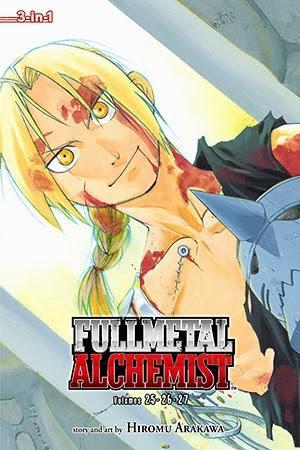
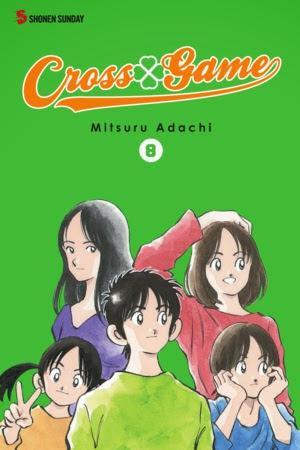
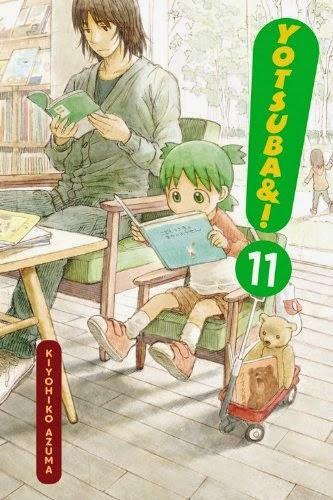
Shounen: is manga aimed at a male audience. It appeals to a large age group, though its primary audience stays roughly between the ages of 10 and 18.
The more known shounen magazines in Japan: Weekly Shonen Jump, Weekly Shonen Magazine, Weekly Shonen Sunday, Weekly Shonen Champion, Bessatsu Shounen Magazine, Monthly Dragon Age, Gangan Joker.
Shounen Manga examples:
- One Piece
- Naruto
- Attack on Titan
- Case Closed
- Flowers of Evil
- Hunter x Hunter
- Blue Exorcist
- Akame ga Kill!
- Fairy Tail
- Death Note
- Jojo’s Bizarre Adventure
- Love Hina
Some Recommendations: Food Wars: Shokugeki no Soma, Cross Game, Yotsuba!, Lucifer & The Biscuit Hammer, GTO: 14 Days in Shonan, Fullmetal Alchemist.

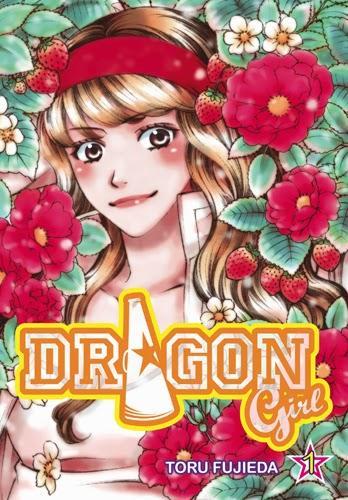
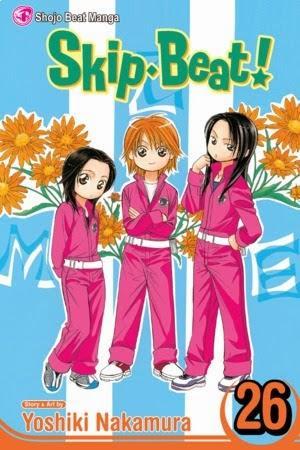
Shoujo: is manga marketed to a female audience roughly between the ages of 10 and 18. Shoujo manga covers many subjects in a variety of narrative and graphic styles, from historical drama to science fiction — often with a strong focus on human and romantic relationships and emotions.
The more known shoujo manga magazines in Japan: Hana to Yume, Bessatsu Margaret, Nakayoshi, Ciao, LaLa, Cheese!
Shoujo Manga Examples:
- Basara
- Red River
- Oresama Teacher
- Sailor Moon
- Tokyo Mew Mew
- Fruits Basket
- Ouran High School Host Club
- Cardcaptor Sakura
- Fushigi Yuugi
- Magic Knight Rayearth
Some Recommendations: Skip Beat!, My Love Story!!, Dragon Girl
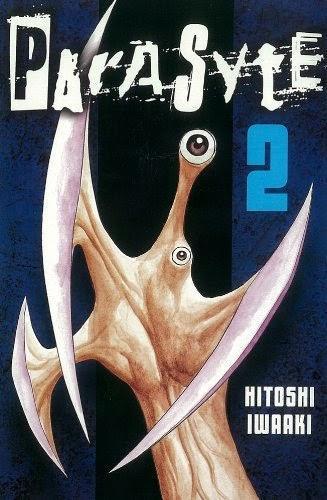
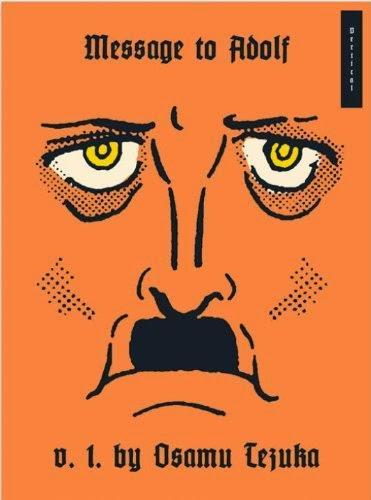
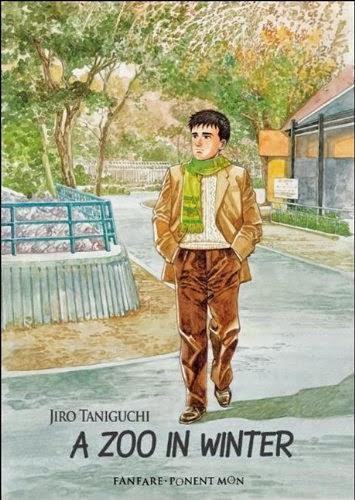
Seinen: marketed to a male audience aged roughly 17 on into their 40s.
The more known seinen magazines in Japan: Weekly Young Jump, Afternoon, Evening, Big Comic Spirits, Champion RED, Ultra Jump, Young Magazine
Seinen Manga Examples:
- Vagabond
- Ghost in The Shell
- Berserk
- Battle Angel Alita
- Monster
- Gantz
- Oishinbo
- Vinland Saga
- Space Brothers
Some Recommended Titles: Real, Master Keaton, A Zoo in Winter, Message to Adolf, Peepo Choo, Parasyte

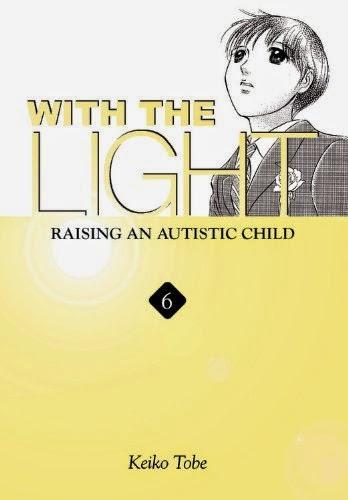
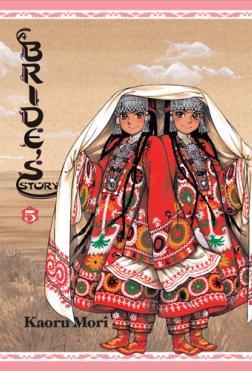
Josei: aimed at female audiences aged 18 to 40. Josei comics can portray realistic romance, as opposed to the mostly idealized romance of shoujo manga, but it does not always have to be.
The more known josei magazines: Be Love, Flowers, Petit Comic, Petit Flower, Feel Young, Kiss, You
Josei Manga Examples:
- Bunny Drop
- In Clothes Called Fat
- Paradise Kiss
- Memoirs of Amorous Gentleman
Some Recommendations: With The Light, Helter Skelter, A Bride’s Story
Genres
(Note it’s not completely comprehensive as genres can cross over obviously)
- Action (Think Fairy Tail)
- Mystery (Think Case Closed)
- Psychological (Think Flowers of Evil)
- Adventure (Think Dragonball)
- Romance (Think Fushigi Yugi)
- Comedy (Think Gintama)
- School Life (Think My Neighbor Seki)
- Sci-Fi (Think Pluto)
- Drama (Think Ode to Kirihito)
- Ecchi (Think Love Hina)
- Fantasy (Think The Seven Deadly Sins)
- Hentai (Think of most Project H titles. Obviously 18+)
- Harem (Think Rosario + Vampire)
- Historical (Think Vagabond)
- Slice of Life (Think Yotsuba)
- Horror (Think Parasyte)
- Sports (Think Slam Dunk)
- Supernatural (Think Jojo’s Bizarre Adventure)
- Mature (Think Ubel Blatt. Also 18+)
- Yaoi (Think Love Full of Scars)
- Yuri (Think Whispered Words)
- Mecha (Think Gundam The Origin)
Where To Read Manga
eManga
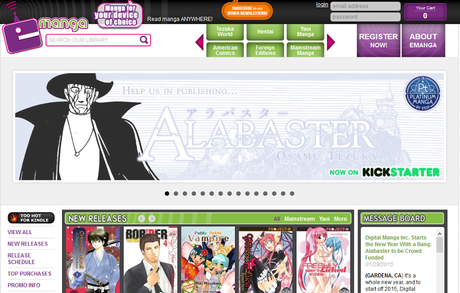
Can be read in 7 formats (PRC, MOBI, EPUB, PDF, CBZ, Apple EPUB, Kobo EPUB) for these devices: PC, iPhone, iPad, iPod, Kindle, Kindle Fire, Android, Nook 6”, Nook Color, Kobo 6”, Kobo Tablets, Sony Readers, Linux, Mac, Windows, and Palm OS, Windows Mobile, Motorola Xoom, Abode Digital Editions, Blackberry, Bebook, Aluratek Libre Pro, Cybook Opus, Digital Reader 1000, EZ Reader by Astak, Hanlin, iLiad, iRiver Story.
Manga Reborn
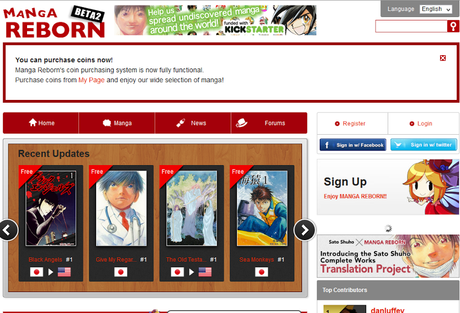
More info about Mangareborn here
Gen Manga
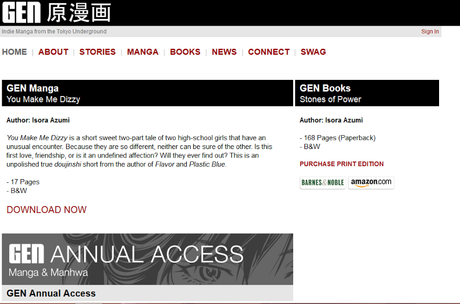
You can download the manga to your PC, read it on iTunes.
Viz Manga

Can read on your PC, iPad, iPhone, iPod Touch, Android, & Kindle Fire
Yen Press
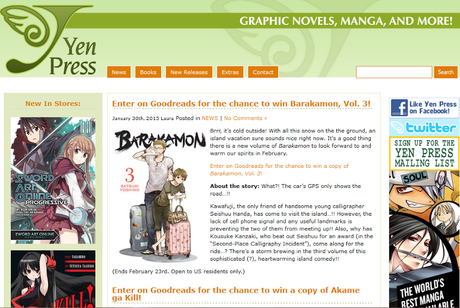
They have their own app, which has a decent amount of titles.
Dark Horse
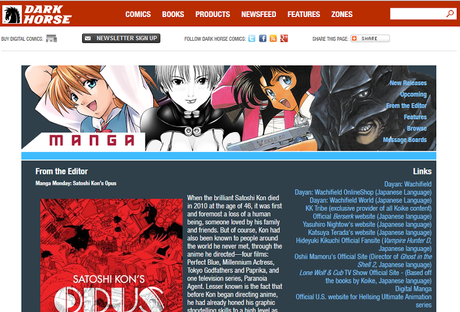
Can read some manga on your PC, iOS, Android, Kindle, Kindle Fire, Kobo Vox, Nook, & Nook Color.
Seven Seas
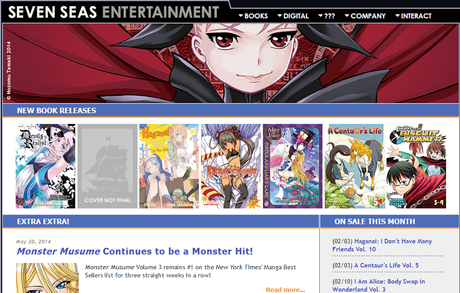
Can read on Kindle, Nook, iPad, and Comixology.
SuBLime Manga
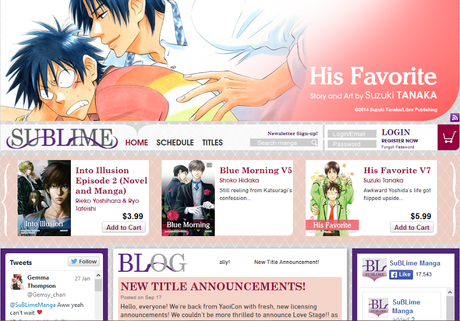
You can download the content digitally or read it on their online player.
Renta!
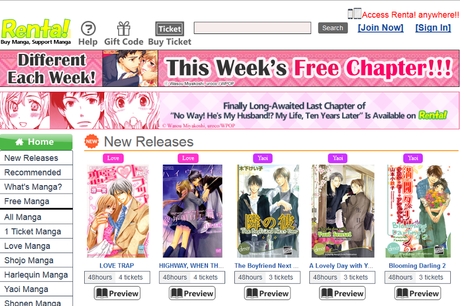
Amimaru Manga
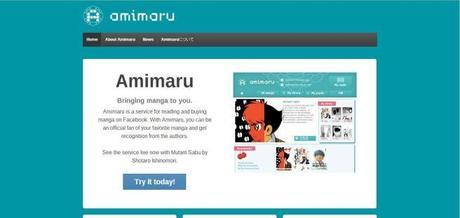
Crunchyroll
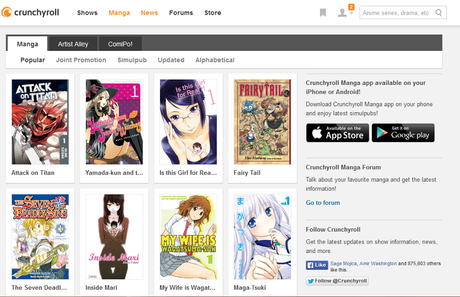
Can be read online, on iOS, and Android.
Balloons and Chapters

Manga Samurai Style

Manga 2.5

Video that better explains Manga 2.5:
Note: Remember to check your library (E.g if you’re not in NY checking out the NYPL go do that now) for manga.
Where To Buy Manga
Kinokuniya
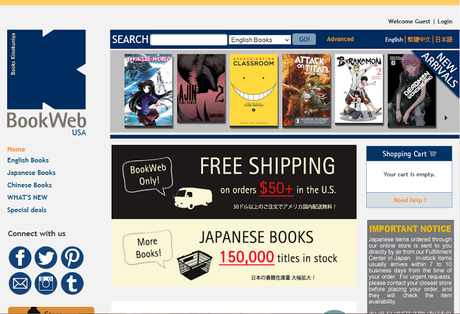
There are United States, Japan, Australia, Singapore, Malaysia, Taiwan, Thiland, and United Arab Emirates locations, with Kinokuniya stores in some states.
Forbidden Planet

New York location.
832 Broadway
(Around 13-14th St. Union Square)
New York, NY 10003
United States
212-473-1576
Hours: Sunday, Monday, Tuesday: 9am – 10pm
Wednesday: 8am – 12am
Thursday, Friday, Saturday: 9am – 12am
Book-Off

There are locations in NY, California, and Hawaii. Check the Store Locator for accuracy.
Amazon
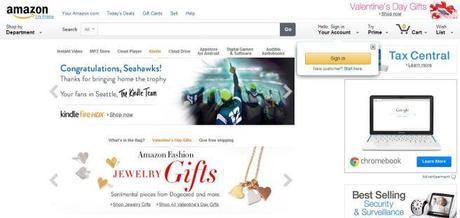
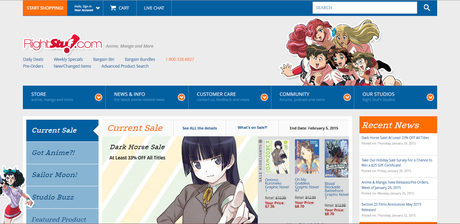
Barnes and Noble
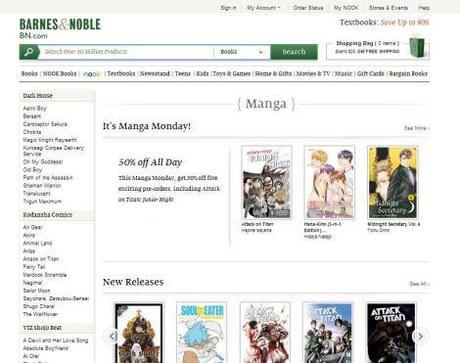
Book Depository
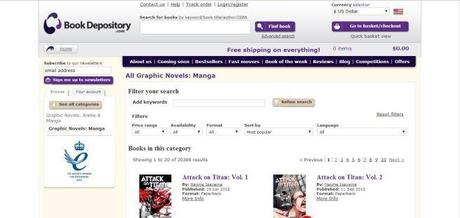
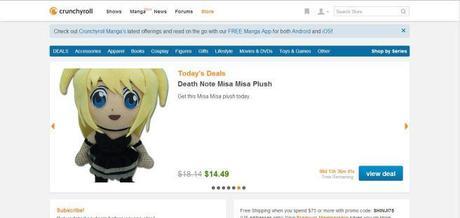
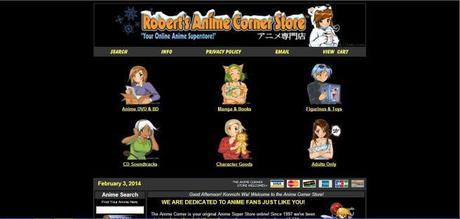


What manga publishers can license
This isn’t exactly an accurate listing of what manga publishers can license, as sometimes US publishers can license from other Japanese publishers (See Yen Press > Kodansha JP manga), but it helps to know where a US publisher can license instead of asking them for the millionth time to license a title that they can’t license. These are the list of publishers that US publications can and are more often to license from:
Viz Media
CAN License From: Shogakukan & Shueisha
Kodansha
CAN License From: Kodansha JP ONLY
Not Preferred: long series (15+ volumes), titles on obscure subjects, series older than early 2000s, graphic violence/sexuality, no light novels
Vertical
CANNOT License From: Shueisha, Shogakukan, Akita Shoten, Gentosha
Not preferred: long series (10+ volumes), series older than 2002, license rescues
Note: Has open licensing surveys/requests regularly.
Seven Seas
CAN License From: ASCII Media Works, Ichijinsha, Kadokawa/Kadokawa Shoten, Media Factory, Shonen Gahosha
CANNOT License From: Hakusensha, Kodansha, Shogakukan, Shueisha, Square Enix, SoftBank, Creative/Flex Comix
Digital Manga
CAN License From: Anywhere, within obvious limits (Kodansha, Shogakukan, Shueisha would go to their respective companies first)
Not preferred: license rescues
Yen Press
CAN License From: Anywhere, though connections with a JP Publisher can sway where material goes.
Suggestions
It’s not a good thing to always do everything alone, so I asked a few people who like manga to suggest how to discover manga. (NOTE: They’re heavily biased)
Lys Blakeslee (Manga Letterer): One rather nerdy thing I like to do is pick a title I already enjoy, find out what Japanese magazine it ran in (this info can be found at ANN, MAL, MangaUpdates, Wikipedia…), then seek out other titles from the same magazine that are available in English. Often there’s a similarity in art styles, or tone of the work (comedy, drama), or maturity level, or genre, and once I can see that several of my favourites came from the same magazine, it’s a safe bet that other titles running alongside them will also fit my taste. For example, just within the shoujo demographic (my specialty), there are titles from Ribon or Nakayoshi which skew a bit younger, Betsuma or Dessert or Cheese that go older (but a Betsuma title is very different in tone from a Cheese title, even if they’re aimed at similar age groups), and then the “weird shoujo” (my term) magazines that tend more toward fantasy-settings than school-dramas…and on and on I could go (my favorite shoujo magazine-family is the duo of Hana to Yume and LaLa, which fall somewhere in between the regular and weird shoujo: a mix of fantastical and every-day, but all pure, good-hearted, lovely shoujo~). Some magazines specifically go for that “uncategorizable” category, so you get a wide variety of very different titles (like Comic Beam, which gave us Emma, Thermae Romae, and Astral Project (among others)), which can be fun in its own way.
Reading reviews, of course, is also helpful, especially if you can find a reviewer or two with similar taste whose recommendations you can rely on. I think ANN has been building up its manga reviewing quite a bit in the last year or two, and Manga Bookshelf collects another diverse group of writers to cover most of the titles currently coming out. There are lots of other review sites out there as well, so look over the review link-roundups at MangaBlog to get connected with sites worth following. I highly recommend browsing the archive of Jason Thompson’s and Shaenon Garrity’s House of 1000 Manga column at ANN for some really entertaining write-ups of both super-obscure and super-popular (and anywhere in-between) titles from past and present.
And then follow the manga publishers on Facebook/Twitter/Tumblr/whatever. Some have previews of upcoming titles, giving you a chance to sample some pages and get a taste of the art and story. This also keeps you up to date with new announcements of upcoming titles to get excited for, cover art, e-book availability, and the latest month’s or week’s releases to look for in stores/order online.
Katherine Dacey (MangaBlog): Keep in mind that manga isn’t a single genre or style; it’s simply a method of storytelling. Just as novels come in wide range of flavors–romances, thrillers, sci-fi dystopias, historical dramas–so too does manga. (Translation: it ain’t all ninjas, robots, and magical girls!) Here are my tips for discovering new series:
1. Cultivate a relationship with your local librarian. A knowledgeable librarian can steer you towards series based on your hobbies, interests, and reading preferences. If your local library doesn’t have a graphic novel collection, try interlibrary loan–it’s a risk-free way to explore new series.
2. Look for a manga-friendly comic shop. Here in my hometown of Boston, for example, I was delighted to discover Comicopia, where the staff reads almost as much manga as they do Marvel Comics. The store is fun to visit, and boasts an enormous wall of manga that rivals Books-a-Million or Kinokuniya’s selection. When I lived in New York City, I used to visit the Midtown Comics in Times Square for similar reasons: knowledgeable staff, good selection, and a pleasant vibe–think Barnes and Noble, not a sweaty dungeon of superhero despair.
3. Bookmark manga review websites. There are dozens of excellent blogs offering weekly or daily reviews of new series. I’m biased towards my peers at Manga Bookshelf–a consortium of smart reviewers with eclectic taste–but I also visit sites such as ANN, where Shaenon Garrity and Jason Thompson pen House of 1,000 Manga, a weekly column exploring the full gamut of titles, from old-school samurai manga to the mega-popular Naruto. Johanna Draper Carlson’s Manga Worth Reading is another site I consult frequently, as she’s a skillful, entertaining writer whose reviews brim with insight. Last but not least is Brigid Alverson, the Dean of Manga Bloggers. (Full disclosure: Brigid’s also a friend and blogging partner!) Brigid doesn’t post many reviews, but when she does, they’re always worth reading for their discussion of plot, artwork, and larger themes. You can find her reviews at Manga Blog and Robot 6.
Jay Hoare (Manga Translation Supervisor at Renta): Off the top of my head, I can think of 3 ways for people to discover manga:
1. By coming to Japan. Obviously, as this is the birthplace of manga, it’s also the best place to find it. In the UK, where I’m from, manga is pretty hard to find and pretty expensive too. But in Japan it’s in all the major bookstores as well as in smaller independent ones, so wherever you go you’re probably not far from a place that stocks it. The 2nd-hand manga industry is also pretty big, with chain stores filled to the brim with comparatively cheap manga.
2. By speaking to native-Japanese people: Just with like TV shows or popular music artists, even Japanese people who are not really into manga know about it and can recommend you some great titles to start with. If you find a Japanese person who’s really into manga, you’ve hit your goldmine right there, because they have a wealth of knowledge on manga both past and present, and can tell you about great titles that are not available in the West yet.
3. By speaking to non-native Japanese interested in manga: These people are diamonds. As with Japanese people into manga, they have a wealth of knowledge which can help any newbies get started. Not only that, but they know where you can buy it online or which stores stock it, as well as what manga is available in the West.
So, I guess in conclusion, the best way to discover manga is to talk to people in the know or go and check it out for yourself! For example, at our Renta! site (*cough* shameless plug *cough*), you can read previews to the manga we have on offer and see if you find anything that piques your interest.
However, you discover manga, it’s a really great world you can dabble or dive in to. There’s such a great variety of manga, and with more becoming available (I for one am constantly working my ass off to get more and more manga translated and lettered professionally for our site), you’ve got a better opportunity to read something original from this small, quirky, brilliant island than ever before.
Tony Yao (Manga Therapy): Wow, that’s a really tough question. I first learned about manga from a summer issue of Wizard Magazine as it discussed the Ghost in the Shell manga and other Dark Horse series.
If you ask me, I think conventions are the way to go now. Ed Chavez has done a great job in getting people to recognize the diversity of manga wherever he’s gone. He said it best (or maybe was it Dallas Middaugh?) that publishers should’ve capitalized on the growth of cons when the recession happened. I would also love to say Google (since anime and manga have become a mostly online thing), but I think we all know where that road leads at times.
Though I would recommend that if you live near a Japanese bookstore in your area, go to it. You will see a few things that may catch your eye. I discovered a bunch of series at the Kinokuniya in NYC there versus finding out about them online. My attention is finite. To tell you the truth, I didn’t know about Knights of Sidonia until Vertical licensed it! Those scan sites only put out the popular stuff (which isn’t always good) on the front page and possibly for recommendations.
I also learn about new series from the site Manga Helpers (even though I know it does talk about scans and what not) and their forum threads.
I think it also helps that publishers continue to be as friendly as possible. When I was at Otakon last year for the Kodansha panel, a fan asked Ben Applegate about what to read as a new manga fan. Ben replied by recommending Tezuka stuff. He didn’t mentioned much of Kodansha’s library. There are still people who don’t read scans out there, so publishers have a huge part to play in being excellent people overall.
So as said, this is merely a guide for those who want to discover manga. The hope is that this can be a springboard (and to make it easier for people to find what they’re looking for). BUT…if there’s any suggestions you have for the list, let me know!
Related
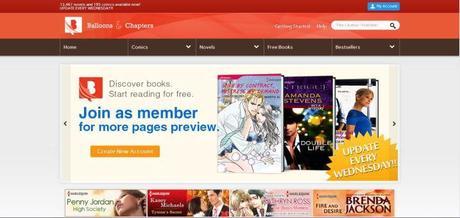
Manga Samurai Style

Manga 2.5
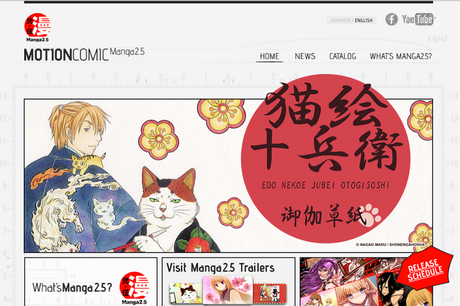
Video that better explains Manga 2.5:
Note: Remember to check your library (E.g if you’re not in NY checking out the NYPL go do that now) for manga.

